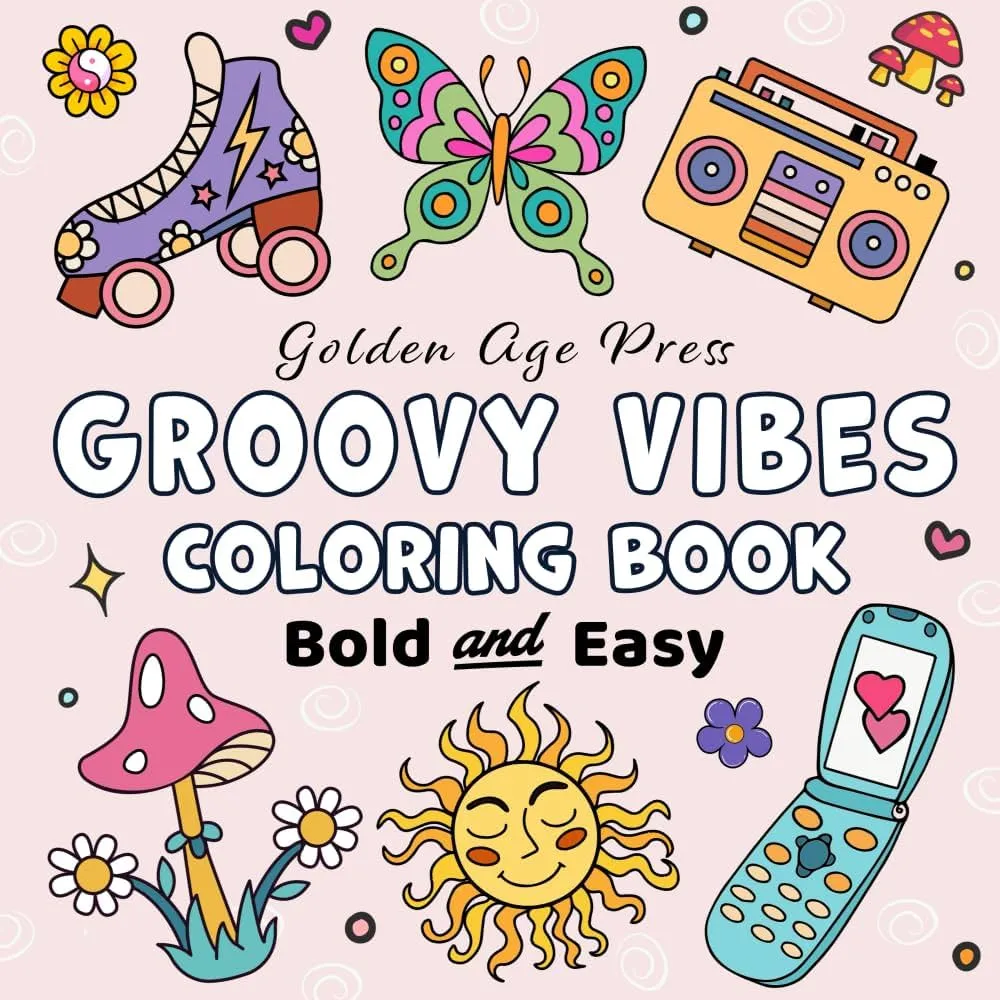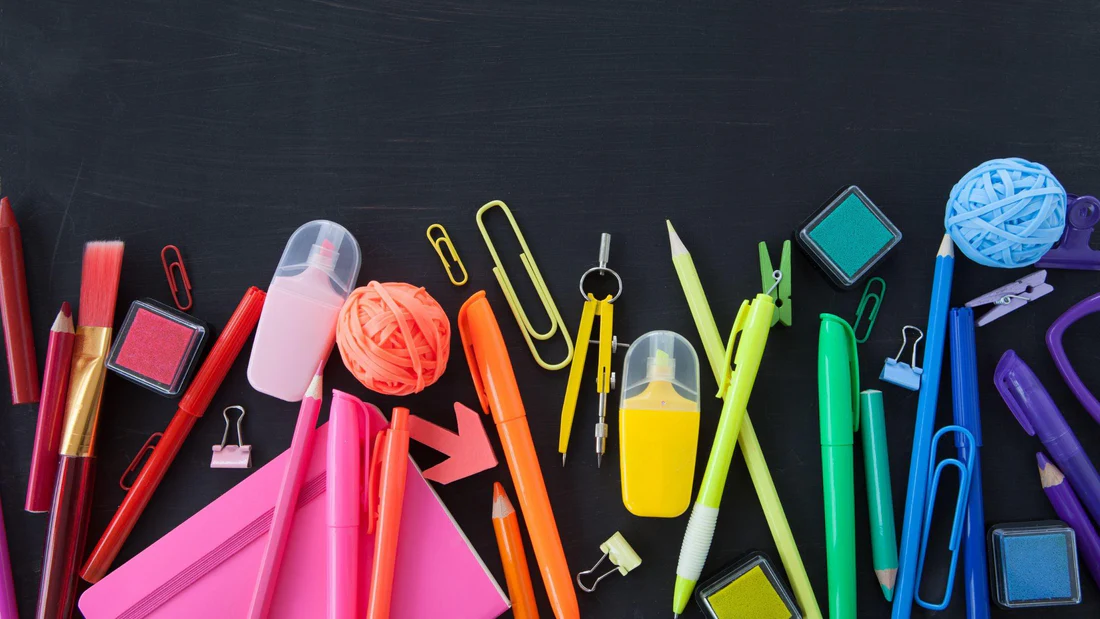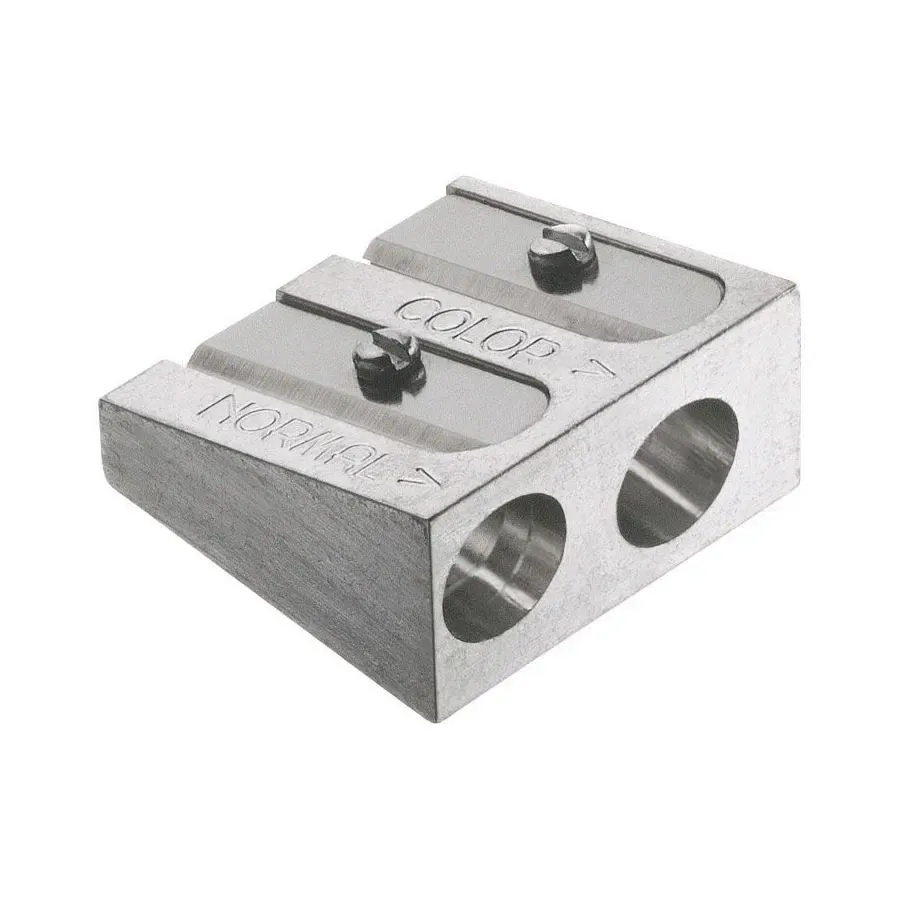Detailed Coloring Guide for Beginners: Master Adult Coloring Techniques
diepmkt
08:51 | 24/05/2025
Coloring isn’t just a nostalgic childhood activity—it’s a powerful tool for adults to reduce stress, spark creativity, and practice mindfulness. Whether you’re picking up a coloring book for beginners or diving into intricate mandalas, this detailed coloring guide will walk you through everything you need to know to start your coloring journey. From choosing the right tools to mastering techniques like blending and shading, this guide is designed to help you create beautiful artwork while enjoying the therapeutic benefits of coloring. Backed by insights from art therapy research and trusted resources, our step-by-step instructions ensure a relaxing and rewarding experience.
Why Coloring Is Perfect for Beginners
Coloring is a low-pressure creative outlet that promotes mental wellness. Studies show it can lower cortisol levels, reducing stress and anxiety, making it an ideal activity for adults seeking calm. This adult coloring techniques guide is tailored for beginners, offering practical advice to build confidence and skills. Whether you’re exploring mindfulness coloring tips or simply looking to unwind, coloring is accessible, fun, and rewarding.
What You’ll Learn in This Guide
- How to choose the right coloring tools and books.
- Step-by-step techniques for coloring, blending, and shading.
- Tips to create a relaxing coloring routine.
- Common mistakes to avoid for a stress-free experience.
Step 1: Gather Your Coloring Supplies
Before you start, having the right tools is key to a successful coloring experience. Here’s what you need:
1.1. Coloring Books
Choose coloring books for beginners with simple, bold designs to avoid overwhelm. Books like Tangled Treasures Coloring Book by Jane Monk or Color Me Calm by Lacy Mucklow feature large patterns and clear lines, perfect for new colorists. Look for:
- Single-sided pages to prevent bleed-through.
- High-quality paper (at least 80gsm) for markers or gel pens.
- Themes you love, such as animals, mandalas, or cozy scenes.

1.2. Coloring Tools
Different tools offer unique effects. Start with these beginner-friendly options:
- Colored Pencils: Ideal for precision and blending. Brands like Prismacolor or Faber-Castell are durable and vibrant.
- Markers: Great for bold colors. Opt for fine-tip markers like Crayola or Tombow for control.
- Gel Pens: Add sparkle and detail. Sakura Gelly Roll pens are a popular choice for beginners.
- Crayons: Soft and easy to use, perfect for filling large areas.

Pro Tip: Test your tools on scrap paper to understand their effects before coloring your book.
1.3. Optional Accessories
- Sharpener: Keeps pencils precise for detailed work.
- Blending Tools: Tortillons or colorless blender pencils enhance shading.
- Erasers: Useful for correcting pencil mistakes or creating highlights.

Step 2: Set Up Your Coloring Space
A calming environment enhances the therapeutic coloring guide experience. Follow these steps:
- Find a Quiet Spot: Choose a well-lit area free from distractions.
- Organize Supplies: Keep tools within reach using a desk organizer or pencil case.
- Set the Mood: Play soft music or light a candle to create a relaxing atmosphere.
- Use a Flat Surface: A sturdy table or clipboard ensures smooth coloring.

Step 3: Choose Your First Design
Selecting the right design sets the tone for your coloring session. For beginners:
- Pick a page with larger patterns to practice techniques without frustration.
- Choose themes that inspire you, like flowers for calm or animals for fun.
- Start with books like Large Print Coloring Book - Color Me Calm for bold, easy designs.
Step 4: Master Basic Coloring Techniques
This detailed coloring guide covers essential techniques to elevate your artwork. Practice these on scrap paper or simpler designs first.
4.1. Basic Coloring
- Apply Light Pressure: Use gentle strokes to build color gradually, avoiding streaks.
- Color in One Direction: Consistent strokes (e.g., left to right) create a smooth finish.
- Fill Large Areas First: Use crayons or markers for big spaces, saving pencils for details.
4.2. Blending Colors
Blending creates smooth transitions between colors, adding depth:
- Layering with Pencils: Apply a light layer of one color, then add a second color over it. For example, layer yellow over blue for a green tint.
- Use a Blender Pencil: Smooth transitions with a colorless blender for a polished look.
- Marker Blending: Apply a lighter marker over a darker one while wet for a gradient effect.
Example: In a mandala, blend red into orange for a vibrant center, using light circular strokes.
4.3. Shading for Depth
Shading adds dimension to your designs:
- Identify Light Source: Imagine where light hits your design to place highlights and shadows.
- Vary Pressure: Press harder for darker areas, lighter for highlights.
- Use Complementary Colors: Add a touch of gray or blue to shadows for realism.
Example: For a leaf, shade the edges darker green and keep the center lighter for a 3D effect.
4.4. Adding Texture
Textures make designs pop:
- Cross-Hatching: Draw intersecting lines with pencils for a woven effect.
- Stippling: Use dots to create a speckled texture, ideal for backgrounds.
- Scribbling: Loose, circular strokes add a playful texture to large areas.
Pro Tip: Practice textures in books like Tangled Gardens Coloring Book, which includes tutorials.
Step 5: Experiment with Color Theory
Understanding color theory enhances your artwork:
- Warm Colors (red, yellow, orange): Create energy and warmth, ideal for bold designs.
- Cool Colors (blue, green, purple): Promote calm, perfect for mindfulness coloring.
- Complementary Colors: Pair opposites (e.g., blue and orange) for contrast.
- Monochromatic Schemes: Use shades of one color for a cohesive look.
Beginner Tip: Start with 3–5 colors per design to keep it simple. Books like Tangled Treasures include color theory lessons to guide you.
Step 6: Create a Coloring Routine
Consistency maximizes the benefits of coloring for stress relief. Follow these tips:
- Set Aside Time: Dedicate 15–30 minutes daily or weekly for coloring.
- Track Progress: Use a journal to note designs you’ve completed and techniques learned.
- Join a Community: Share your work on platforms like Instagram or coloring groups on Reddit for inspiration.
- Vary Designs: Alternate between simple and slightly complex patterns to build skills.
Step 7: Avoid Common Beginner Mistakes
Steer clear of these pitfalls for a smooth experience:
- Pressing Too Hard: Heavy pressure can damage pencils or paper. Use light layers.
- Choosing Complex Designs: Stick to simple patterns like those in Easy Coloring Book For Adults.
- Ignoring Paper Quality: Low-quality paper causes bleed-through. Check product descriptions.
- Rushing the Process: Take your time to enjoy the therapeutic coloring guide experience.
Step 8: Explore Digital Coloring (Optional)
If you prefer digital coloring:
- Use apps like Procreate or Adobe Fresco with a tablet and stylus.
- Download digital coloring books from platforms like Etsy or ColorIt.
- Adjust brush settings to mimic pencils or markers for a traditional feel.
- Save and share your work easily, ideal for experimenting without waste.
Pro Tip: Digital coloring is great for travel or quick sessions, but physical books offer a tactile experience that enhances relaxation.
Benefits of Coloring for Mental Wellness
Coloring isn’t just fun—it’s a proven way to support mental health:
- Reduces Stress: Engages the brain’s relaxation response, lowering anxiety.
- Enhances Focus: Encourages mindfulness by keeping you present.
- Boosts Creativity: Allows self-expression through color choices and techniques.
- Builds Confidence: Completing a design feels rewarding, especially for beginners.
Recommended Resources for Beginners
- Books: Color Me Calm (100 templates for relaxation) and Large Print Coloring Book for simple designs.
- Tutorials: YouTube channels like ColorIt offer free blending and shading videos.
- Communities: Join forums like Reddit’s r/Coloring for tips and inspiration.
- Supplies: Shop trusted brands at Blick Art Materials or Amazon.
Conclusion
This detailed coloring guide equips you with the tools, techniques, and confidence to start your coloring journey. From choosing beginner-friendly books to mastering blending and shading, these adult coloring techniques make coloring a relaxing and creative outlet. Whether you’re using pencils on a physical book or exploring digital options, coloring offers a unique way to reduce stress and embrace mindfulness. Grab a coloring book for beginners, follow these steps, and discover the joy of creating art today!
Original
100% hand-drawn, no stock images. Every design is uniquely crafted for a truly authentic experience.
Easy
Designed for effortless coloring with smooth lines and clear layouts—perfect for beginners and pros alike.
Creative
Transform every page into your own masterpiece. Add details, mix colors, and let your imagination run free.
Unique
No two books are the same. Each one offers a fresh, inspiring journey tailored to your creativity.
Blogs
Blog Posts
Let’s dive into the colorful world of coloring!We’ll share some fun típ to help you create amazing works of art



